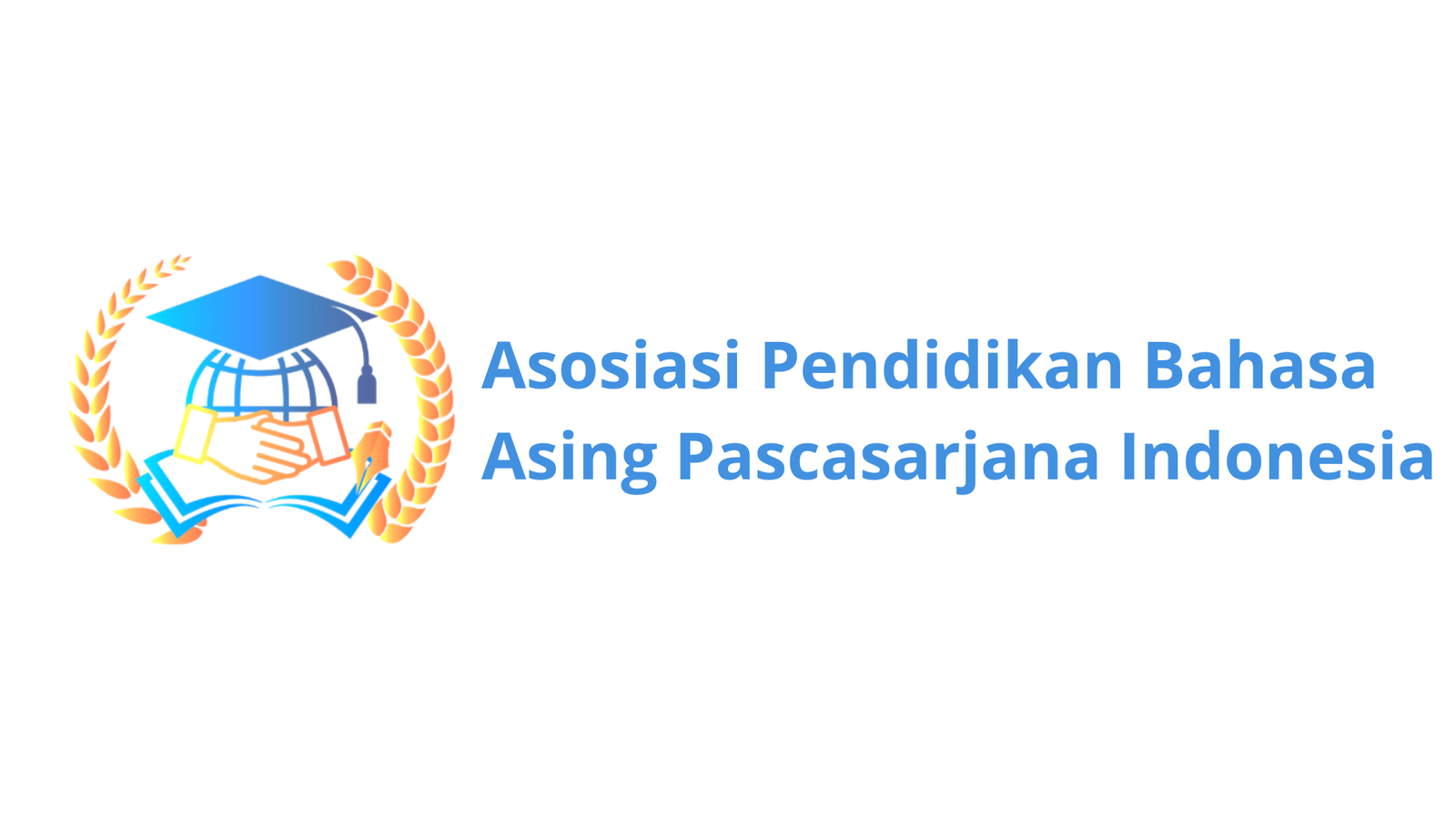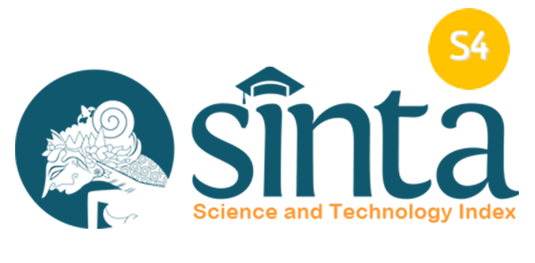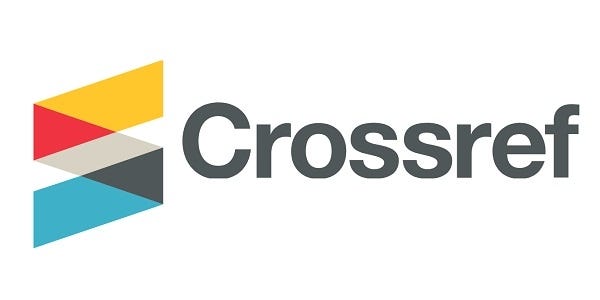Students’ Writing Anxiety in Learning English as a Foreign Language
DOI:
https://doi.org/10.36663/tatefl.v5i1.648Keywords:
Anxiety, EFL, Students, WritingAbstract
This research aimed to investigate the writing anxiety experienced by eleventh-grade students in learning English as a Foreign Language (EFL) in Bali. By conducting a quantitative research method, this research involved 76 students as the participant of the study. The research employed an adapted questionnaire from Cheng (2004), consisting of 27 designed statements. The result revealed that many students face challenges with writing anxiety in English. The findings showed that linguistic challenges, such as concerns about using expressions and sentence patterns incorrectly, and time constraints like feeling stressed under time pressure, significantly contribute to writing anxiety. Additionally, the positive aspect of the study demonstrated that students actively work to minimize mistakes in their writing, emphasizing the importance of accuracy in managing writing anxiety which may imply the motivation to learn English.
Downloads
References
Al-Hammadi, F., & Sidek, H. M. (2015). An analytical framework for analysing secondary EFL writing curriculum: Approaches for writing and preparation for higher education. International Education Studies, 8(1), 59–70. https://doi.org/10.5539/ies.v8n1p59 DOI: https://doi.org/10.5539/ies.v8n1p59
Aloairdhi, N. M. (2019). Writing anxiety among saudi female learners at some Saudi universities. English Language Teaching, 12(9). https://doi.org/10.5539/elt.v12n9p55 DOI: https://doi.org/10.5539/elt.v12n9p55
Amelia, R. (2016). Benefits of early second language acquisition. Indonesia Journal of Integrated English Language Teaching, 2(1), 19–30.
Aunurrahman. (2019). Exploring writing anxiety of the EFL university students in Pontianak Indonesia. Indonesian Journal of English Language Teaching and Applied Linguistics, 4(1), 109–119. https://doi.org/10.21093/ijeltal.v4i1.336 DOI: https://doi.org/10.21093/ijeltal.v4i1.336
Balta, E. E. (2018). The relationships among writing skills, writing anxiety and metacognitive awareness. Journal of Education and Learning, 7(3). https://doi.org/10.5539/jel.v7n3p233 DOI: https://doi.org/10.5539/jel.v7n3p233
Baskan, A. (2021). The relationship between writing anxiety and writing self-efficacy of students learning Turkish as a foreign language. Journal of Education and Learning, 10(4), 70. https://doi.org/10.5539/jel.v10n4p70 DOI: https://doi.org/10.5539/jel.v10n4p70
Birhan, A. T. (2021). Effects of teaching lexical bundles on efl students’ abstract genre academic writing skills improvement: Corpus-based research design. International Journal of Language Education, 5(1), 585–597. DOI: https://doi.org/10.26858/ijole.v5i1.14917
Budayanti, I. D. A. A., Permana, I. G. Y., & Putra, N. C. A. (2023). Students’ anxiety in speaking English in classroom. Celtic: A Journal of Culture, English Language Teaching, Literature and Linguistics, 10(2), 108–120. https://doi.org/10.22219/celtic.v10i2.28039 DOI: https://doi.org/10.22219/celtic.v10i2.28039
Cocuk, H. E., & Yelken, T. Y. (2021). The effect of planned writing model on writing anxiety, self-efficacy and B2 level achievement of learners of Turkish as a foreign language. Journal of Language and Linguistic Studies, 17(1), 458–471. DOI: https://doi.org/10.17263/jlls.903473
Cheng, Y. S. (2004). A measure of second language writing anxiety: Scale development and preliminary validation. Journal of Second Language Writing, 13(4), 313–335. https://doi.org/10.1016/j.jslw.2004.07.001 DOI: https://doi.org/10.1016/j.jslw.2004.07.001
Ellis, R. (2015). Understanding second language acquisition. Oxford University Press.
Erol, S. (2021). Investigation of the writing anxiety of Syrian refugees learning Turkish as a foreign language in Turkey. International Education Studies, 14(6), 2021. https://doi.org/10.5539/ies.v14n6p23 DOI: https://doi.org/10.5539/ies.v14n6p23
Iksan, H., & Halim, H. A. (2018). The effect of e-feedback via wikis on ESL students’ L2 writing anxiety level. Malaysian Online Journal of Educational Sciences, 6(3), 30–48.
Karahan, B. U. (2021). The relationship between secondary school students’ writing attitudes and anxiety and writing disposition. International Journal of Education and Literacy Studies, 9(2), 136. DOI: https://doi.org/10.7575/aiac.ijels.v.9n.2p.136
Khabooshan, H. S., & Saeedirad, M. A. (2022). Exploring the relationship between EFL learners’ personality types and writing anxiety. Mextesol Journal, 46(3), 1–9. DOI: https://doi.org/10.61871/mj.v46n3-13
Krashen, S. D. (1982). Some current trends in vocabulary teaching. In vocabulary and language teaching. Pergamon Press Inc.
Liu, Y. (2020). The effect of sentence-making practice on adult EFL learners ’ writing anxiety a comparative study. English Language Teaching, 13(6). https://doi.org/10.5539/elt.v13n6p34 DOI: https://doi.org/10.5539/elt.v13n6p34
Miles, B., Huberman, M., & Saldana, J. (2014). Qualitative data analysis: A methods sourcebook. SAGE Pub.
Morali, G., & Boran, M. (2021). Exploring the relationship between writing anxiety and writing self-efficacy of international students learning Turkish as a second language. Cypriot Journal of Educational Sciences, 16(4), 2025–2036. https://doi.org/10.18844/cjes.v16i4.6071 DOI: https://doi.org/10.18844/cjes.v16i4.6071
Mulyanah, E. Y., & Ishak. (2021). Teaching technique: inside outside circle on students’ writing skill of secondary school in Tangerang. JET (Journal of English Teaching), 7(2), 191–201. https://doi.org/10.33541/jet.v7i2.2808 DOI: https://doi.org/10.33541/jet.v7i2.2808
Mulyono, H., Liestyana, A. R., Warni, S., Suryoputro, G., & Ningsih, S. K. (2020). Indonesian students’ anxiety to write in English as a foreign language across gender and educational levels. Problems of Education in the 21st Century, 78(2), 249–262. https://doi.org/10.33225/pec/20.78.249 DOI: https://doi.org/10.33225/pec/20.78.249
Park, J. (2022). Preservice teachers’ L2 writing anxiety and their perceived benefits of freewriting: A case study. English Teaching(South Korea), 77(July), 63–77. https://doi.org/10.15858/engtea.77.s1.202209.63 DOI: https://doi.org/10.15858/engtea.77.s1.202209.63
Rezaei, M., & Jafari, M. (2014). Investigating the levels, types, and causes of writing anxiety among Iranian EFL atudents: A mixed method design. Procedia - Social and Behavioral Sciences, 98, 1545–1554. https://doi.org/10.1016/j.sbspro.2014.03.577 DOI: https://doi.org/10.1016/j.sbspro.2014.03.577
Sarikaya, B., & Bulut, K. (2022). The investigation of gifted students’ speaking and writing anxiety level according to some variables. Education Quarterly Reviews, 5(4), 407–416. https://doi.org/10.31014/aior.1993.05.04.632 DOI: https://doi.org/10.31014/aior.1993.05.04.632
Sundari, H., & Febriyanti, R. H. (2017). Writing apprehension in the writing class: Indonesian EFL learners context. Deiksis, 9(01), 34. https://doi.org/10.30998/deiksis.v9i01.863 DOI: https://doi.org/10.30998/deiksis.v9i01.863
Tunagür, M. (2021). The effect of peer assessment application on writing anxiety and writing motivation of 6th grade students. Shanlax International Journal of Education, 10(1), 96–105. https://doi.org/10.34293/education.v10i1.4352 DOI: https://doi.org/10.34293/education.v10i1.4352
Turkben, T. (2021). The relationship between fifth grade student’s writing anxiety and blocking with their written expression skills. International Online Journal of Education and Teaching (IOJET), 8(2), 998–1021.
Downloads
Published
How to Cite
Issue
Section
License
Copyright (c) 2024 I Komang Janu Prianda Putra, Ni Nyoman Padmadewi, Ni Made Ratminingsih

This work is licensed under a Creative Commons Attribution-ShareAlike 4.0 International License.
License Terms
- Attribution — You must give appropriate credit, provide a link to the license, and indicate if changes were made. You may do so in any reasonable manner, but not in a way that suggests the licensor endorses you or your use.
- ShareAlike — If you remix, transform, or build upon the material, you must distribute your contributions under the same license as the original.
- No additional restrictions — You may not apply legal terms or technological measures that legally restrict others from doing anything the license permits.


















